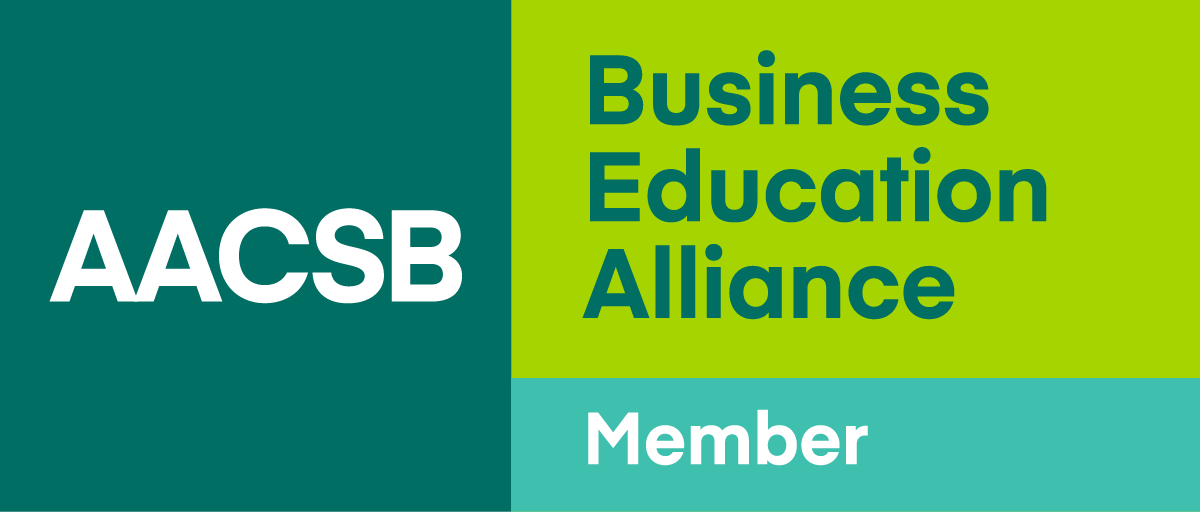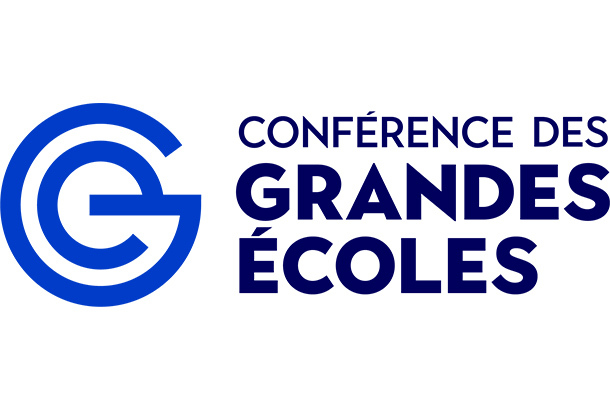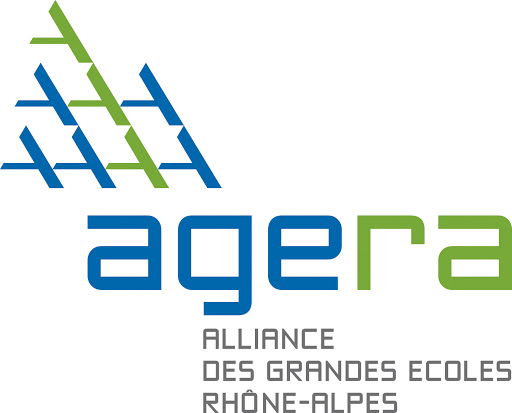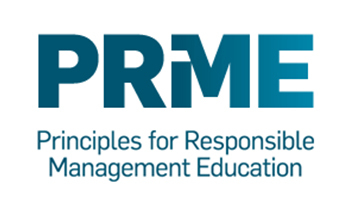- Homepage
- ESDES’s blog
- Research
- How nudge theory can motivate people to embrace sustainable consumption?
Shahrzad YAGHTIN
4 min.
8 December 2022
Today, there is a constant concern about preserving non-renewable resources for the present and future generations. These concerns have compelled governments and firms to think about efficient solutions to maintain environmental harmony along with industrial and economic growth. One of the key solutions is adopting sustainable consumption and production (Goyal et al., 2022). However, in most cases, the customers’ belief in buying sustainable products does not translate into actual buying behavior (McNeill & Moore, 2015). This inconsistency between intention and actual purchasing behavior needs serious attention, and finding effective ways to persuade customers to purchase sustainable products is still a serious challenge for firms and producers of sustainable products!
Over recent years, the Nudge Theory has been used as one of the most helpful theories to help firms and organizations motivate people in making more healthier decisions. Nudge theory is a new behavioral economic concept that can influence the behavior and decision-making of people through choice architecture (Kwan et al. 2020). This theory is also known as a flexible and modern change-management concept for the understanding of how people think, make decisions, and behave. Nudge theory is based on three main ideas: 1-The architecture of choice can influence how people decide in many aspects; 2- Choice architecture can help improve choices of people about their life and business; 3- Libertarian paternalists can create nudges while preserving the freedom of choice (Leonard, 2008).
Unlike traditional paternalism which is coercive, ‘‘libertarian paternalism’’ is not an oxymoron. Indeed, nudges can help and guide people without compulsion (Thaler & Sustein, 2008). A nudge steers the paternalized people, but always leaves open the option for the paternalized people to choose another choice (Leonard, 2008). Furthermore, choice architecture strategies can change the environmental context to promote or nudge healthier or more sustainable choices.
Using nudges in food labeling is a typical example (Lindstrom et al., 2022). A choice architect has also the responsibility for organizing the context in which people make more sustainable decisions. Rather than mandating the reallocation of resources through product bans or mandated expenditures, the same goals might be accomplished by simply helping people to make choices aligned with what they might choose if they were perfectly rational. Here are just some recommendations and practical examples of the choice architecture to persuade sustainable consumption:
- Reminding consumers about the health and environmental aspects of their choices: For instance, product labeling can help consumers make healthier choices to counteract lifestyle-related health problems.
- Informing consumers about the outcome of their consumption behavior: As an example, publishing engaging content about the positive outcomes of recycling practices can help encourage more recycling efforts.
- Increasing the ease of choosing sustainable products: For instance, using the 4Ps of marketing (lower costs, better quality, stronger communications, and more convenient distribution channels) to increase the ease of purchasing sustainable products compared to unsustainable products.
- Giving comparative information to consumers: For example, it is proved that when people are provided with a comparison of their consumption of electricity with average user consumption, the ones who had high electricity consumption restrict themselves to achieve a lower consumption in order to receive low-cost electricity.
- Using social proof theory: Most of us believe in the wisdom of crowds. Therefore, these days, social media posts and positive reviews can be used as effective tools to persuade people for consuming more sustainable products!
All in all, given the efficiency of the nudge theory in indirect and positive reinforcements, it can be used as one of the most efficient tools to persuade consumers to embrace sustainable consumption!
Shahrzad Yaghtin is a research professor at Esdes business school.
References
Goyal, S., Garg, D., & Luthra, S. (2022). Analyzing critical success factors to adopt sustainable consumption and production linked with circular economy. Environment, Development and Sustainability, 24(4), 5195-5224.
Kwan, Y. H., Cheng, T. Y., Yoon, S., Ho, L. Y. C., Huang, C. W., Chew, E. H., ... & Low, L. L. (2020). A systematic review of nudge theories and strategies used to influence adult health behaviour and outcome in diabetes management. Diabetes & Metabolism, 46(6), 450-460.
Lindstrom, K. N., Tucker, J. A., & McVay, M. (2022). Nudges and choice architecture to promote healthy food purchases in adults: A systematized review. Psychology of Addictive Behaviors. Advance online publication. https://doi.org/10.1037/adb0000892.
Leonard, C. T. (2008). Richard H. Thaler, Cass R. Sunstein, Nudge: Improving decisions about health, wealth, and happiness. Springer Science Business Media, LLC 2008, p.5.
McNeill, L. & Moore, R. (2015). Sustainable fashion consumption and the fast fashion conundrum: Fashionable consumers and attitudes to sustainability in clothing choice. International Journal of Consumer Studies, 39(3), 212–222.
Thaler, R. & Sustein, R. C. (2008). Improving decisions about health, wealth, and happiness. Yale University Press. New Haven, CT, p.293.



